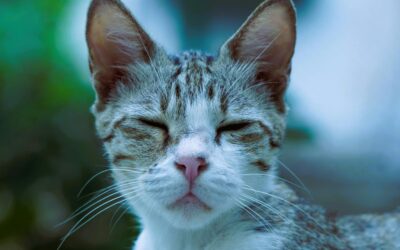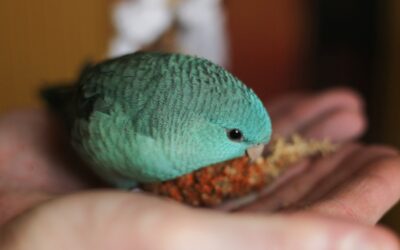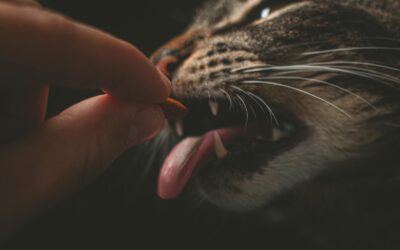If you’re a cat owner or considering adopting a kitten, you’ve probably wondered, “When are cats fully grown?” Understanding your cat’s growth stages is essential for their health and happiness. By identifying when your feline friend reaches adulthood, you can ensure they receive the proper nutrition, care, and attention at every life stage.
This guide will walk you through when cats stop growing, the factors that influence their size, the differences between common cat breeds, and how to care for your kitty as they grow. By the end, you’ll have the tools to support your cat’s growth and development like a pro.
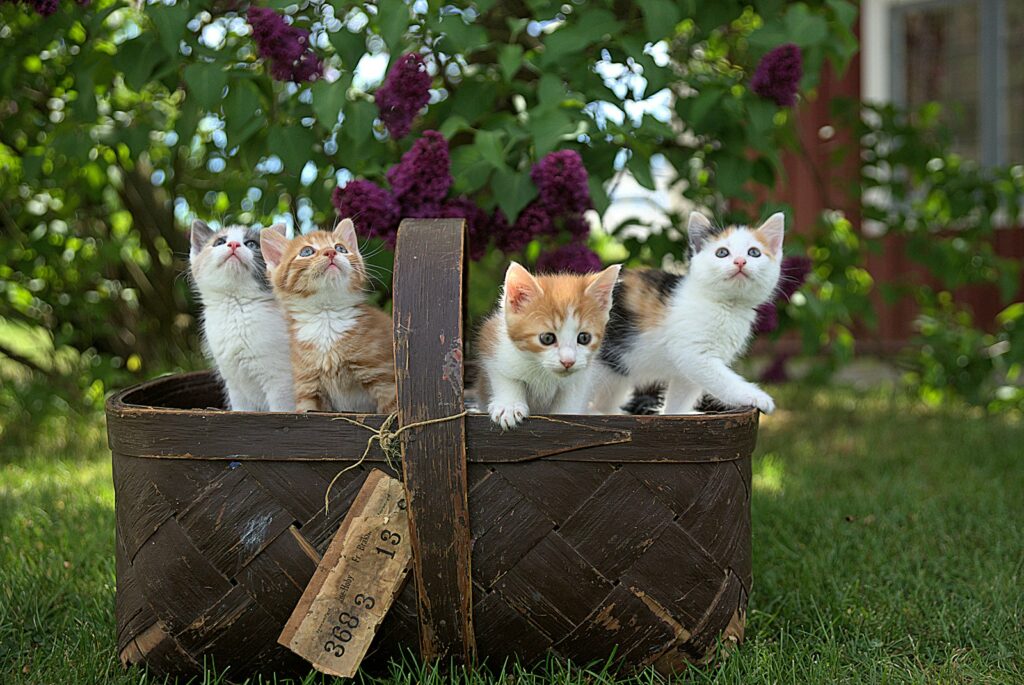
When Do Most Cats Stop Growing?
Most cats stop growing between 12 and 16 months of age. During this period, their growth plates (areas of cartilage at the ends of their bones) close, signaling the end of their rapid growth phase. While many breeds reach adulthood by their first birthday, it’s important to note that growth timelines can vary depending on the cat’s breed, gender, and health.
Sexual Maturity vs. Full Size
It’s worth mentioning that cats may reach sexual maturity before they are fully grown. This typically occurs as early as 6 months of age, which is why neutering or spaying is commonly recommended around this time to prevent unwanted litters and support long-term health. However, just because a cat is sexually mature doesn’t mean they’ve reached their full adult size. Keep an eye on their growth throughout their first year of life.

Understanding Female vs. Male Cat Growth Patterns
There are some differences in how female and male cats grow:
Female Cats
Female cats tend to be smaller and reach their adult size slightly earlier than males. Most female cats stop growing around 12 to 14 months of age.
Male Cats
Male cats often grow larger than females and may take 14 to 16 months to fully mature. Larger cats, such as Maine Coons or mixed breeds, can continue to grow until they are around 2 years old, or even into their late teens in some cases.
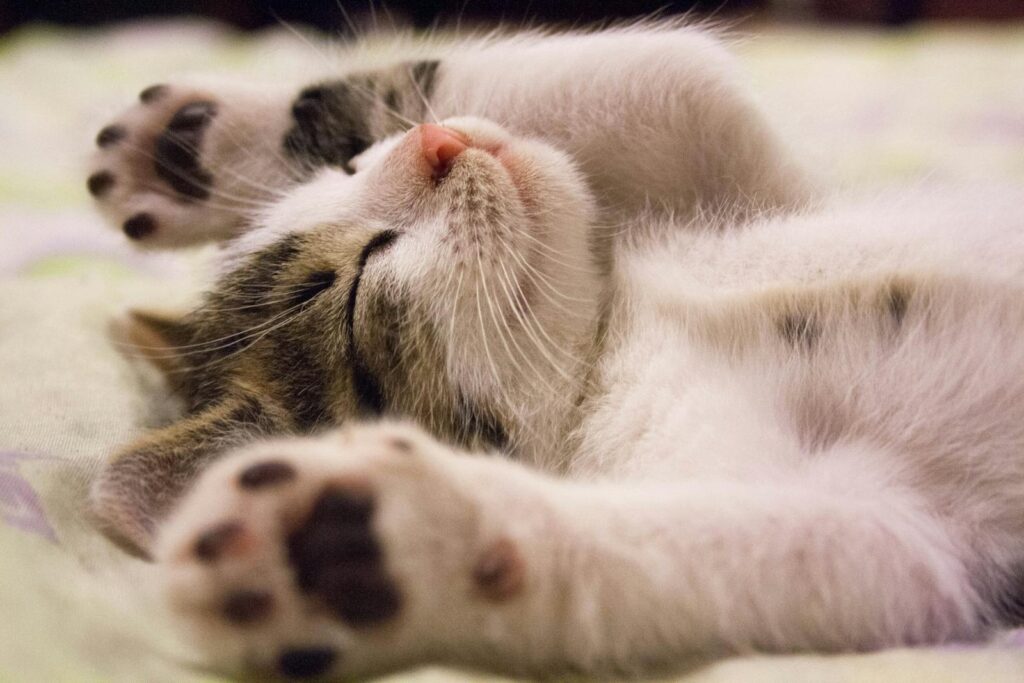
Breed Matters: How Different Cat Breeds Grow
Smallest Cat Breeds
Certain breeds, like the Singapura or Devon Rex, are naturally smaller. These cats typically stop growing within their first year and reach a healthy weight more quickly than larger breeds.
Larger Cat Breeds
Large breeds like the Maine Coon or Ragdoll are a different story. These gentle giants can take as long as 4-5 years to hit their full size, which includes their body length and muscle mass. Maine Coons, for instance, are known for their slow and steady growth, with males sometimes reaching up to 18 pounds (or more!) when fully grown.
Mixed Breed Cats
Mixed breed cats often inherit traits from both parents, so their growth patterns and adult size can vary widely. If you’ve adopted a mixed breed kitten, consult with your vet and look at the size of their parents for clues about how big your furry friend might get.
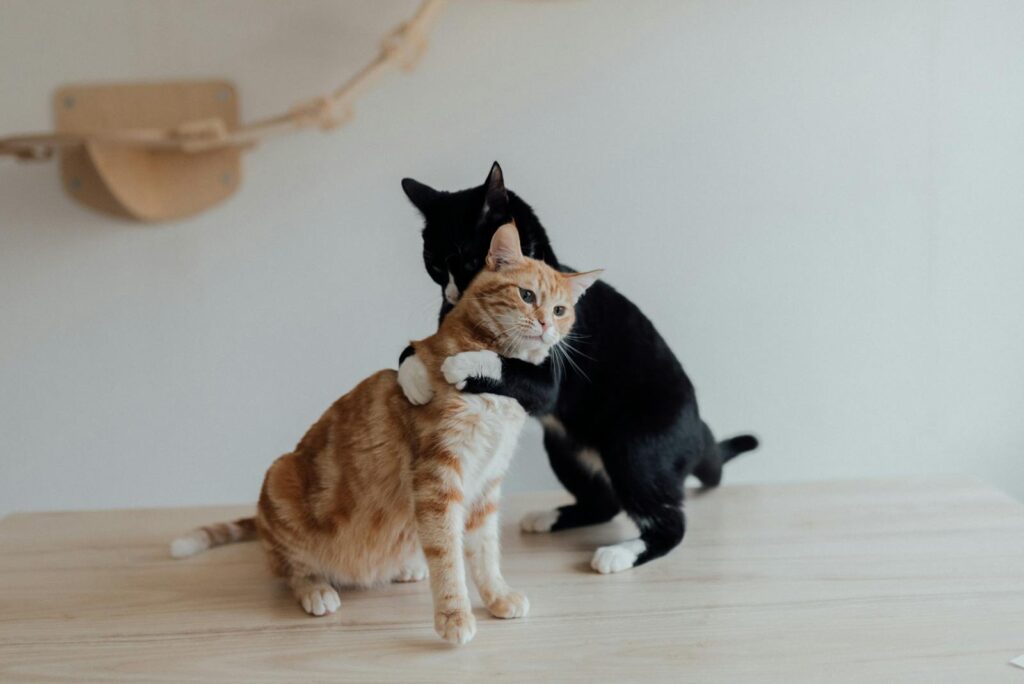
Life Stages of a Growing Cat
To fully understand when cats are done growing, it’s helpful to break their lives down into three key growth stages:
1. Kitten Stage (0-12 Months)
The first year of a cat’s life is a period of rapid growth, learning, and development. During this stage, kittens are full of energy, curiosity, and playfulness as they transition from tiny newborns into independent young cats. Here are some key characteristics of this important stage:
Rapid Physical Growth: Kittens grow quickly during their first 12 months, with most of their physical development occurring in the first six months. They gain weight steadily, develop strong muscles, and their bones fully form.
Teething and Oral Development: At around 3-4 weeks old, kittens begin to develop their baby teeth, which are later replaced by permanent teeth by 6-7 months. During this time, kittens may chew on objects to soothe their gums.
High Energy Levels and Playfulness: The kitten stage is marked by bursts of energy and play. Kittens pounce, chase, and wrestle during this time, honing their hunting instincts and coordination. Toys and interactive games are essential for their mental and physical stimulation.
Socialization and Learning: Between 2 and 12 weeks, kittens are particularly receptive to socialization. They learn critical behaviors from their mother, littermates, and human caregivers. Exposing them to different environments, people, and animals helps them grow into confident adult cats.
Nutritional Needs: Kittens require a diet rich in protein and fat to support their growth and high energy demands. Specialized kitten food ensures they receive the right balance of nutrients.
Developing Independence: As they approach the later months of this stage, kittens become more independent. They start grooming themselves and gradually require less assistance with eating and exploring the world around them.
Understanding these traits of the kitten stage allows you to provide the care and attention they need to grow into healthy, happy adult cats. With proper nutrition, playtime, and socialization, your kitten will thrive during this dynamic phase of their life.
2. Junior Stage (12-24 Months)
The junior stage, typically spanning from 6 months to 2 years, marks the transition from kittenhood to adulthood. During this phase, kittens continue to develop physically, socially, and behaviorally. Below are the key characteristics of this stage:
Physical Maturation: Kittens experience significant growth and muscle development during this period. By the end of the junior stage, they usually reach their full adult size. Their body coordination also improves, making them more agile and adept at climbing and jumping.
Behavioral Development: Juniors become more confident and independent. Their play behavior may shift from constant energy bursts to practicing hunting skills, such as stalking and pouncing. They also begin refining their communication methods, including vocalizations and body language, which helps them interact with other cats and humans.
Hormonal Changes: If not spayed or neutered, kittens in this stage may display puberty-related behaviors, such as spraying or searching for mates. Spaying or neutering during this phase can help address such behaviors and support their overall health.
Socialization and Bonding: While more independent than young kittens, juniors continue to benefit from socialization. Regular interaction with their owners strengthens the bond and builds trust. Introducing them to new experiences in a positive manner helps maintain their adaptability.
Nutritional Adjustments: As growth slows, their energy needs begin to stabilize. Transitioning to high-quality adult cat food is essential to support their changing dietary requirements while maintaining a healthy weight.
Understanding the junior stage allows caretakers to provide the right balance of guidance, care, and support. With appropriate attention to their physical and emotional development, junior cats can grow into well-adjusted and content adult cats.
3. Adult and Senior Stages (2+ Years)
Adult Cats(2-10 Years)
Cats in their adult stage are typically at their peak in terms of health and physical abilities. During this time, they are active, playful, and often settle into their established personality.
Regular veterinary check-ups are crucial to monitor their health and catch any early signs of illness. A consistent routine, including playtime and engagement, helps keep them mentally and physically stimulated. Balanced nutrition is essential in this stage to prevent obesity or other health issues.
It’s also important to ensure they remain at a healthy weight and provide opportunities for exercise through interactive toys or climbing spaces.
Senior Stage (10+ Years)
As cats transition into their senior years, they may begin to show signs of aging, such as reduced mobility, changes in behavior, or weight fluctuations. Joint health and dental care become increasingly important, as arthritis and dental disease are common in older cats. Offering a diet tailored to senior cats, often lower in calories but rich in nutrients, supports their changing needs.
Routine veterinary care is critical to address age-related health concerns such as kidney disease, hyperthyroidism, or cognitive decline. Additionally, providing a comfortable and stress-free environment with easily accessible resources, such as low-sided litter boxes and cozy resting spots, can significantly enhance their quality of life.
By acknowledging the unique needs of adult and senior cats, caretakers can ensure that their feline companions continue to thrive and remain happy throughout every stage of their lives.

Factors That Influence a Cat’s Growth
Several factors impact how big (and how quickly) your cat will grow:
Breed
As mentioned, your cat’s breed is the biggest determining factor in their full-grown size and timeline.
Nutrition
A balanced diet plays a huge role in your cat’s growth. Feed your kitten appropriately with high-calorie kitten food during their first year and transition to adult food at the recommended time for their breed and size.
Health Issues
Chronic health issues or illnesses during the early months of life can slow a cat’s growth. Regular vet visits ensure any potential problems are spotted and treated early.
Neutering/Spaying
Neutered cats may experience minor changes in their growth process. Altered cats often experience a slight increase in body fat, so monitoring their diet is essential to prevent unhealthy weight gain.

How to Ensure Healthy Growth
Whether your cat is a playful kitten or a fully mature adult, here are some tips to support their growth and well-being:
Schedule Regular Vet Visits
Regular checkups are essential for monitoring growth and ensuring your cat is healthy. Your vet can track their weight and provide tailored dietary advice.
Provide Proper Nutrition
Choose high-quality cat food designed for your cat’s life stage. For kittens, ensure the food is calorie-dense and supports rapid growth; for adults, opt for a balanced formula that maintains muscle and prevents excess fat.
Encourage Exercise
Playtime helps build muscle and keeps weight in check. Healthy activity also supports your cat’s mental well-being.
Love and Care
Providing a nurturing environment with love and affection will support your cat’s emotional growth and strengthen your bond.
Helpful Resources and Websites
Here is a selection of resources and websites that provide valuable information and support for cat care, ensuring your feline companion receives the best attention throughout their life stages:
The American Society for the Prevention of Cruelty to Animals (ASPCA)
The ASPCA offers extensive guidance on cat care, including health, nutrition, and behavioral tips, as well as advice for adopting cats of all ages.
The Humane Society of the United States
This website provides resources on pet care, training, and senior pet support, along with tools for finding veterinary services and shelters.
International Cat Care
This global authority offers detailed insights into feline behavior, health problems, and preventive care, with research-backed advice for every stage of a cat’s life.
PetMD
A trusted source for pet health information, PetMD includes articles and advice on nutrition, grooming, and recognizing signs of illness in cats.
The Cat Behavior Clinic
https://www.thecatbehaviorclinic.com
For cat behavioral concerns, this clinic provides resources to help troubleshoot common issues, from litter box training to stress management.
The Cornell Feline Health Center
https://www.vet.cornell.edu/fhc
This center specializes in advancing feline health and offers pet owners access to detailed information about diseases, treatments, and preventive care.
These resources are invaluable for cat owners looking to provide the best care, build a stronger bond, and ensure the well-being of their feline family members.

Kate’s K9 Pet Care offers services for cats, dogs and other small pets of any age! Contact us today!
Your Cat’s Growth Timeline, in Summary | When Are Cats Fully Grown?
While most cats stop growing by their first birthday, some larger breeds or mixed cats may grow until 2 or more years old. Their growth timeline depends on their breed, gender, and overall health, making veterinary guidance essential. By understanding the stages of their development and providing proper care, you’ll set your feline friend up for a happy, healthy life.

